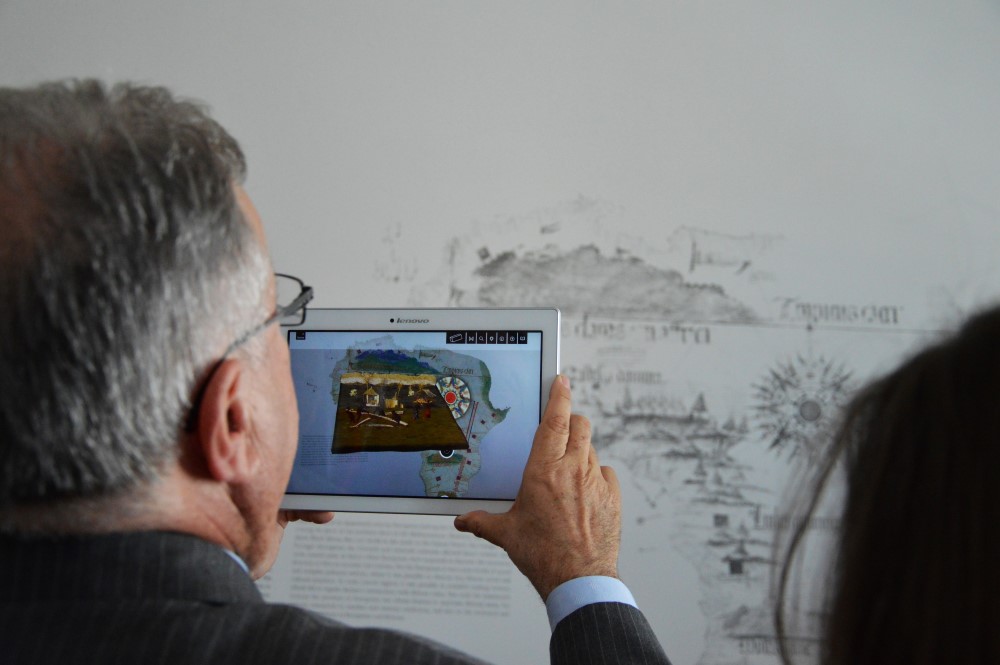 De tablets in his hand, pointing to the wall where there is only a black-and-white map, the minister of culture was swiping pages and pages of information about what was in front of him with his finger. That's how it was this Monday, June 6th, at the inauguration of the Slavery Route Museum Center, in Lagos.
De tablets in his hand, pointing to the wall where there is only a black-and-white map, the minister of culture was swiping pages and pages of information about what was in front of him with his finger. That's how it was this Monday, June 6th, at the inauguration of the Slavery Route Museum Center, in Lagos.
This is the most recent cultural facility in the city and occupies the two floors of the building known as the “Mercado de Escravos”, which in fact was used as a gatehouse and customs house, classified as a monument of public interest. Its opening also marks the beginning of a profound process of requalification of the Municipal Museum of Lagos, which here has a nucleus dedicated to a dark but very significant page in the history of the city and the country.
Because the space is small and times are different, the bet was not made on the exhibition of many pieces, but mainly on multimedia content, made available through new technologies, such as the tablets which, upon arrival, are provided to visitors for them to complete the visit.
«Lagos is the city from which the first navigators departed, using the latest technologies of their time, so we also used the innovations of the present times to tell this page of our history», said Joaquina Matos, Mayor of Lagos, to Sul Informação, on the sidelines of the inauguration.
And which page is this that is counted in the Museological Nucleus? The Minister of Culture, in his speech, would quote the philosopher Walter Benjamim, saying that "all the monument of civilization is, at the same time, a monument of barbarism." And this new space recalls this «dark side», this «terrible legacy», as the minister Luís Filipe de Castro Mendes classified it, of the trafficking of human beings, slaves, which were one of the most profitable “products” among those brought to to Europe and later marketed to the Americas, by Portuguese navigations.
And what does Lagos have to do with this "terrible legacy"? According to Gomes Eanes de Zurara's “Chrónica da Guiné”, the city was the place where, in the XNUMXth century, the first African slaves arrived.
And what was just an old memory, translated in the name “Mercado dos Escravos” given to the building located in the area where, in fact, the first slaves will have arrived, was enlivened in strong colors, almost of blood, when, in 2009, during During the construction works of a car park in Lagos, 158 skeletons of human beings were discovered in Vale da Gafaria, which archeological and anthropological investigations identified as african slaves.
It is, according to specialists, the oldest burial site for African slaves found in all of Europe. But the most poignant is that these had not even been buried, but thrown in the garbage, like an old and useless commodity.
«This archaeological discovery revealed to us a historical reality that we cannot ignore, that we have a duty to remember. It was this heavy responsibility that the Lagos City Council fully assumed, by designing a museological nucleus that would give visibility to an ancient and sad history: our participation, for centuries, in human trafficking», said president Joaquina Matos, at the inauguration .
Because, added the mayor, «for better or for worse, Lagos actively participated in the start of what we now call globalization», so the council even integrates the “Places of Globalization” application, recently included by the UNESCO National Commission in the Indicative List of Portugal to World Heritage.
«Given the theme in question, it was also mandatory to associate with this museological nucleus the collaboration of UNESCO's “Rota do Escravo” project, which intends to contribute at an international level to the knowledge of the problem of slavery and the slave trade», referred Joaquina Matos , adding that «bringing together a team of technicians and specialists from various disciplinary areas (architects, museologists, archaeologists, historians, designers, IT specialists), it was possible to design a modern and ambitious project, but at the same time rigorous and contained».
The “Mercado de Escravos” building, ceded by the Portuguese Army to the City of Lagos to install this Nucleus, was the subject of a rehabilitation project designed by the Algarve architect António Marques, with a museographic project for the P-06 Atelier. But the real scientific mentor of the center is Elena Morán, archaeologist from the Câmara de Lagos, with the collaboration of archaeologist Rui Parreira and also researcher and university professor Rui Loureiro. The investment reached close to 427 thousand euros, 65 percent financed by the PO Algarve, and the rest guaranteed by the Chamber itself.
The reduced area of the two floors of this building prevented, for example, the installation of an elevator that could guarantee access to the upper floor for people with reduced mobility. And that's where today's technology has made it possible to create an original answer: at the Museological Center there is a device that allows virtual visits, with augmented reality glasses, which Minister Castro Mendes insisted on trying out.
As for the application that allows the most information-hungry visitors to access content far beyond what is exposed, through tablets ou smartphone, be aware that this app can now be downloaded from the Playstore (for Android) and soon from the Apple store, for each one's device. There is only one condition: the app only works locally, that is, at the Museum Center itself.
The augmented reality glasses, however, could serve to take the content "to any part of the country", as Helena Castaldo explained to Sul Informação. For example, «when Lagos wants to show its new cultural offer on the Lisbon Tourism Exchange or present it at a school».
But don't think that this Museum Nucleus is just made up of virtual content. On the two floors, there is a lot to see. Starting with the sculpture «Rei Amador», in banana bark, by the São Tomé artist Eduardo Malé Fernandes, but continuing with some pieces displayed in the showcases, such as the pair of handcuffs with which the hands of slaves were bound, given away. by the National Archeology Museum of Lisbon, an elephant tusk, or an oil painting representing Nossa Senhora do Carmo surrounded by several saints, which was in the Church of Santa Maria, bordering the “Mercado de Escravos”.
On the other hand, from the Museum Nucleus building, there is an entire Slavery Route that can be followed in the city of Lagos. Some of these places no longer exist, so they can only be toured virtually, through images of reconstruction, which are present in a guide provided by the Museum of Lagos, but which the Sul Informação here presents exclusively:
The opening of the Slavery Route Museum Center is only “the first step in a long journey of historical responsibility that does not end here. We intend to continue the deepening of this theme, making it more dynamic and establishing bridges of dialogue with other communities united by this historical legacy», stressed the mayor.
“We all have the responsibility of promoting reflection on the evolution of slavery, namely, in the present time, a phenomenon that, although with different guises, continues to exist, putting into question the most fundamental human rights”.
Entry to the Slavery Route Museum Center will be free until the 12th of June.
More information:
The installation of the Slavery Route Nucleus in the building known as the Slave Market seeks to reclassify the visit to the city of Lagos.
On Level 0, a visitor reception point was set up to publicize the points of interest of the «Lagos na Slave Route» itinerary; On Floor 1, a long-term exhibition was installed that addresses the theme of slavery in the city's history and corresponds to the growing visibility that its debate, associated with that of human rights and racism, has acquired at the international level.
In implementing the expository speech, several aspects are addressed:
>>a African reality between the XNUMXth and XNUMXth centuries, hierarchical but dynamic and open to technical and cultural innovation;
>>the slave trade, framed in the movement of commercial exchanges from the 40s of the XNUMXth century;
>>a urban evolution of Lagos in the XNUMXth and XNUMXth centuries and the enslavement of Africans until the XNUMXth century – considering, as the guiding principle of a Slavery Itinerary, the slave market as an emblematic building and memorial of the slavery reality of the city of Lagos and the Algarve;
>>the urban places of the African “newness” which correspond to the points of interest/stops in the guide “Lakes on the Slave Route”;
>>a Integration of slaves in the Algarve society;
>>the silences about the tragedy of the slave trade, silences that must be broken by deepening and increasing knowledge of the spatial and temporal extension of the slave phenomenon, putting into practice the concepts defended by the Committee «Route of the Slave» and by the «Routes of Dialogue» of UNESCO.
Slavery Route Museum
Location: Praça do Infante
Tuesday to Sunday | 10:00 am – 12:30 pm / 14:00 pm – 17:30 pm
Access Conditions: Normal rate – 3€ | Reduced rate – €1,50: for Tourist Groups, young people between 12 and 18 years old, citizens aged over 65 and holders of a Youth Card | Free entry for school groups, CM Lagos workers and residents of Lagos, when properly identified, and children under 12 years of age.
Joint ticket (visit to more than one museum equipment):
Museum + Museum Nucleus Slavery Route – pp: 5,00€
Museum + Forte da Ponta da Bandeira Museum Nucleus – pp: €4,00
Museum + Museum Center Slavery Route + Museum Center Fort of Ponta da Bandeira – pp: 6,00€
Slavery Route Museum Center + Ponta da Bandeira Fort Museum Center – pp: €4,00
For more information: [email protected]; or telephone 282 771 724.
Photos: Elisabete Rodrigues|Sul Informação
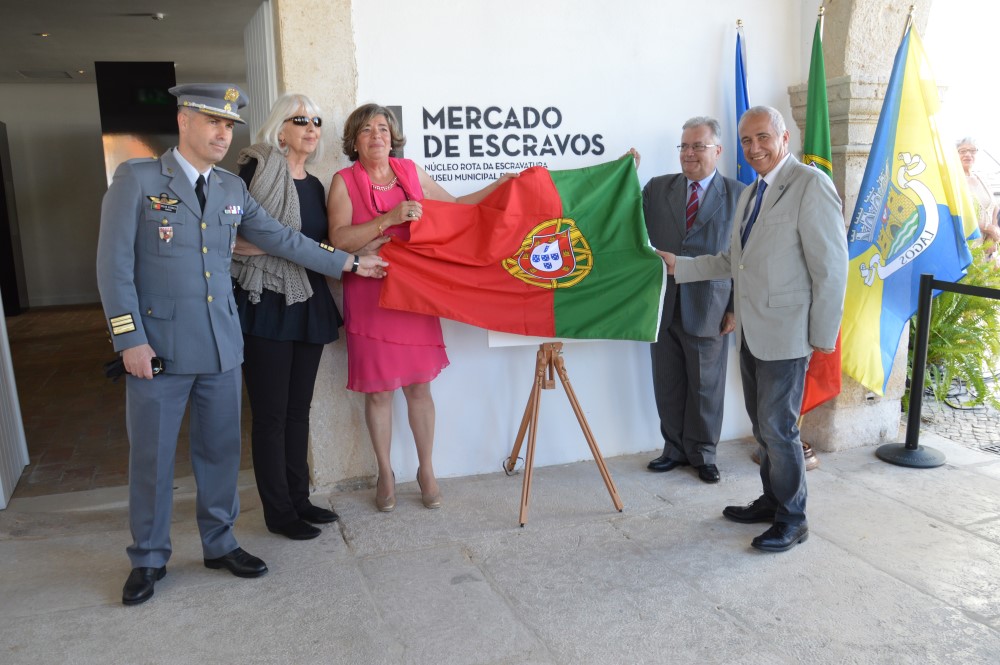
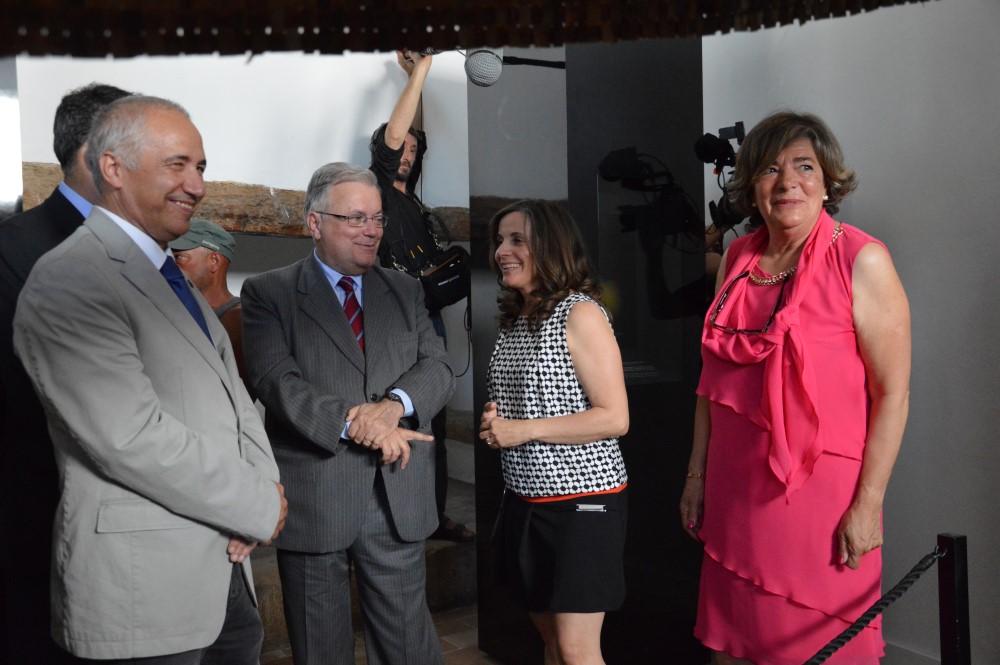
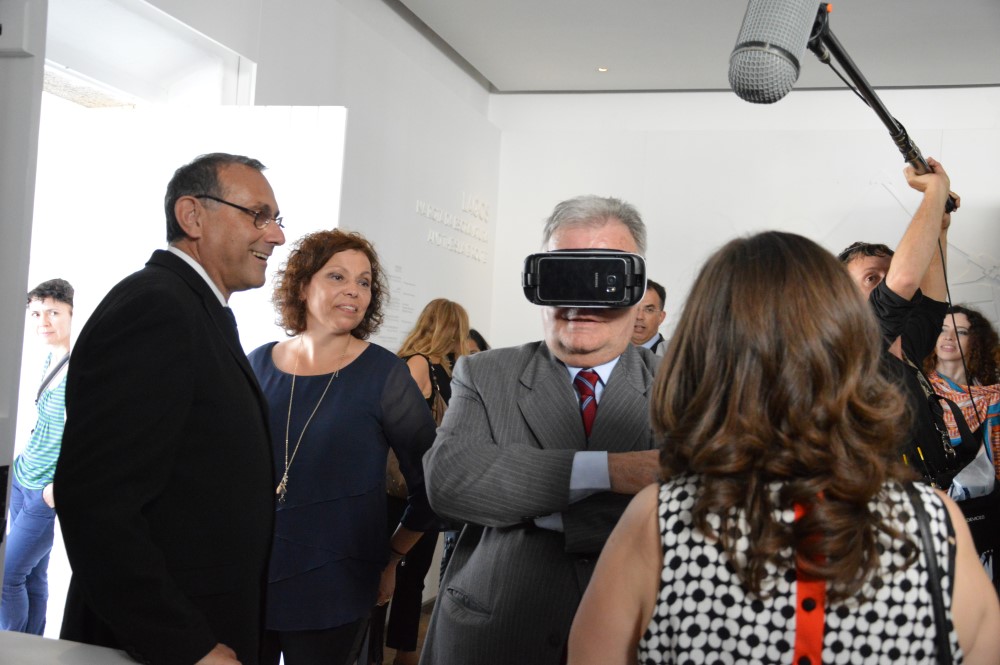
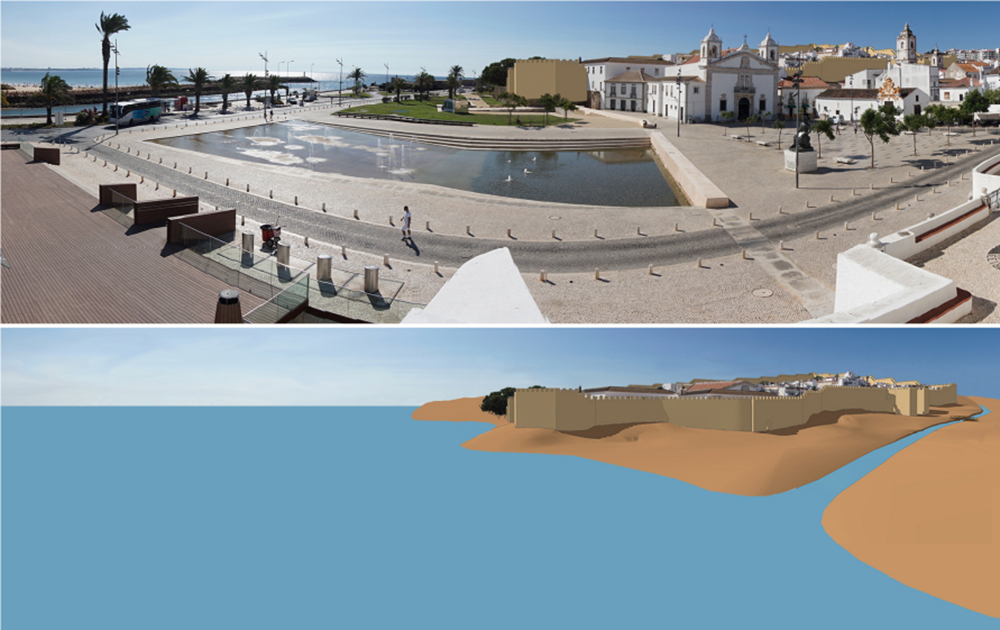


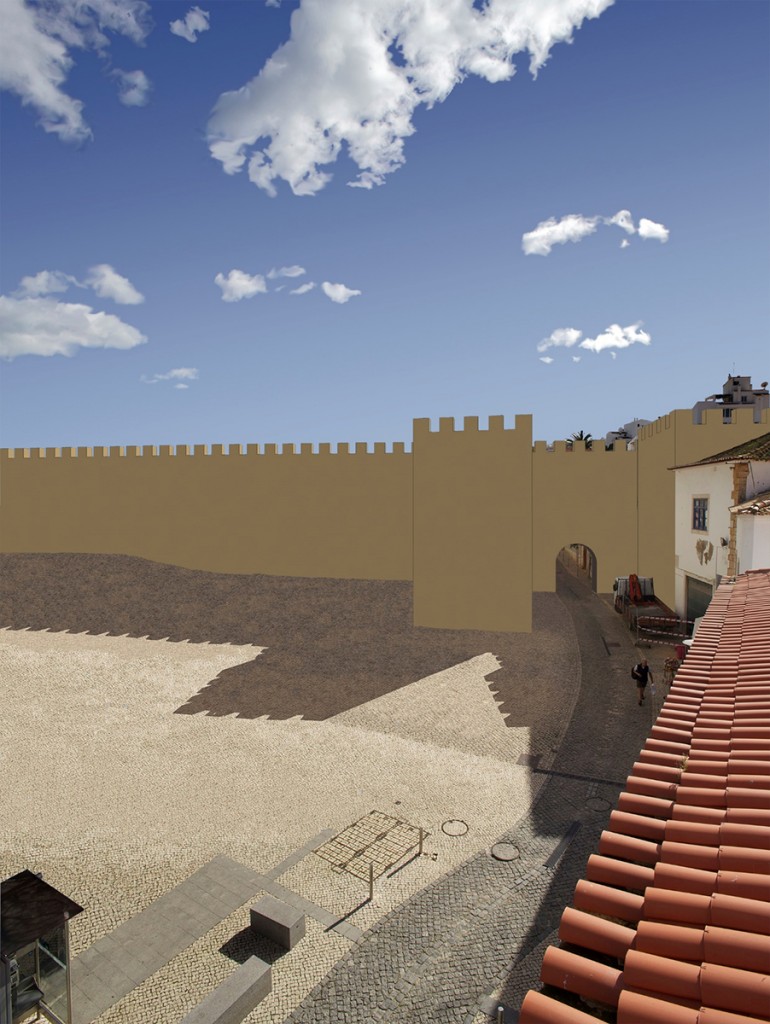
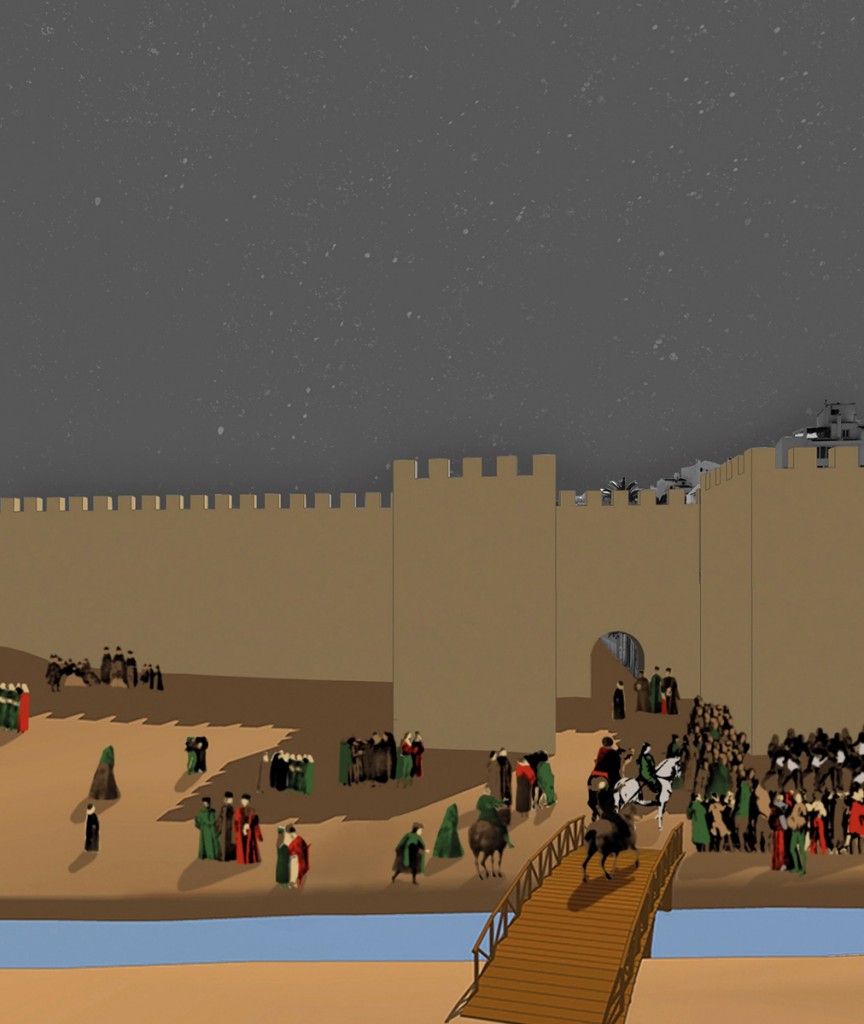
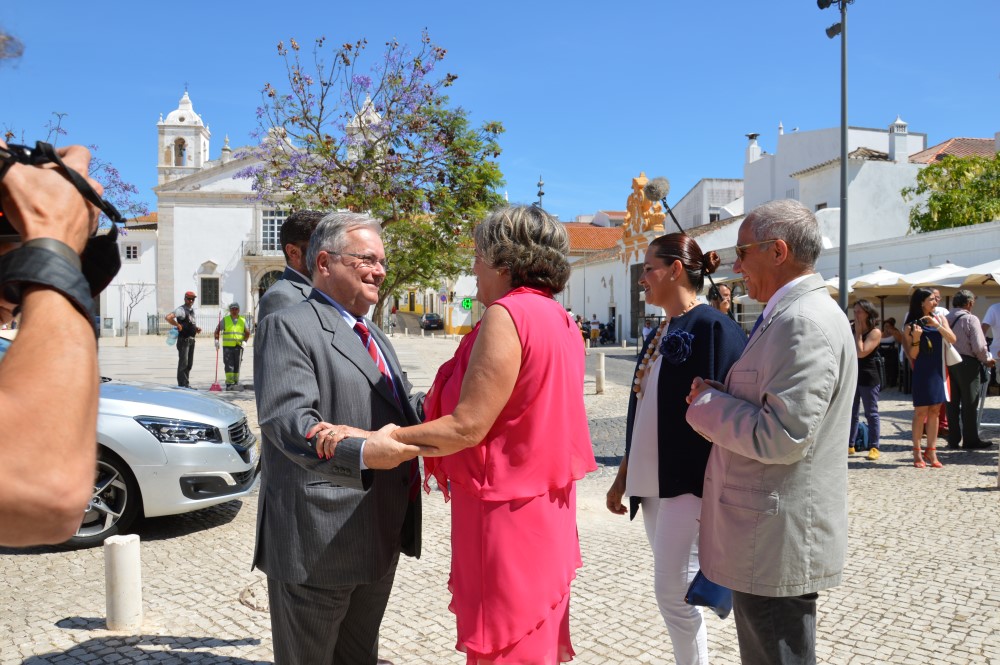



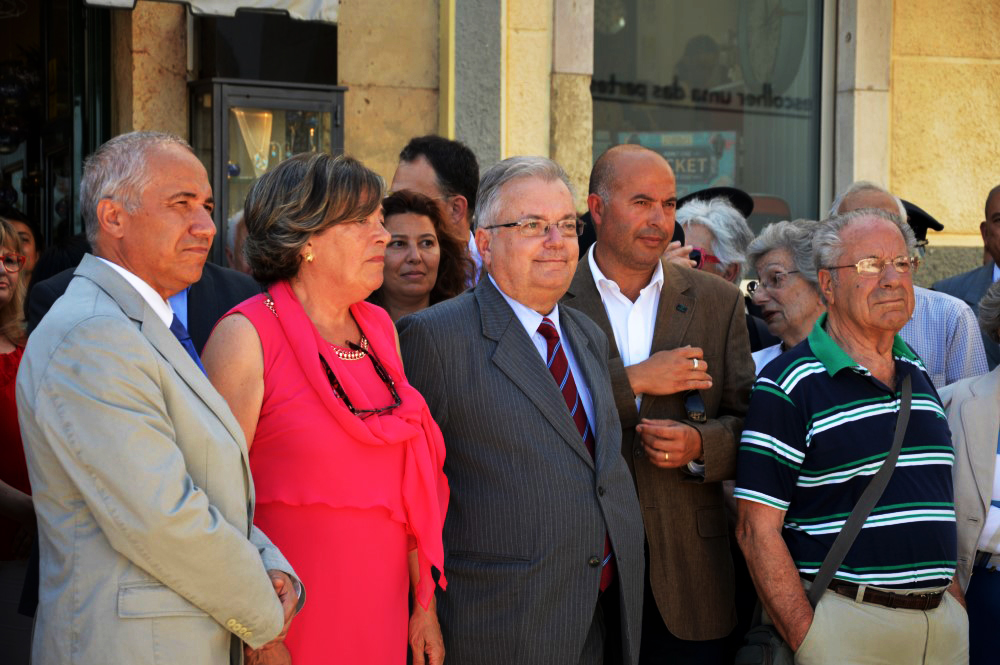
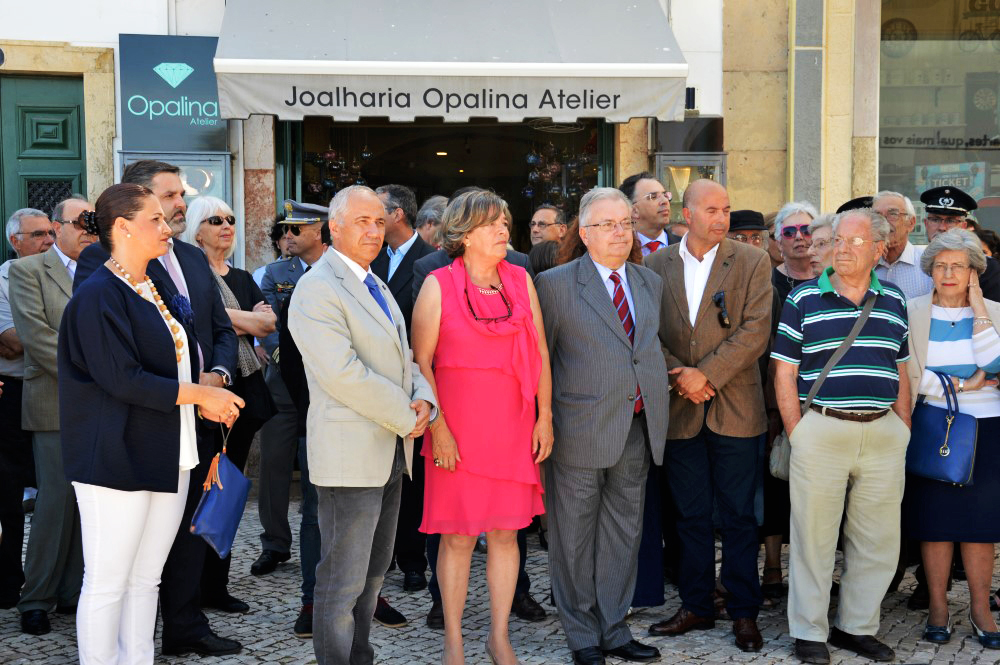

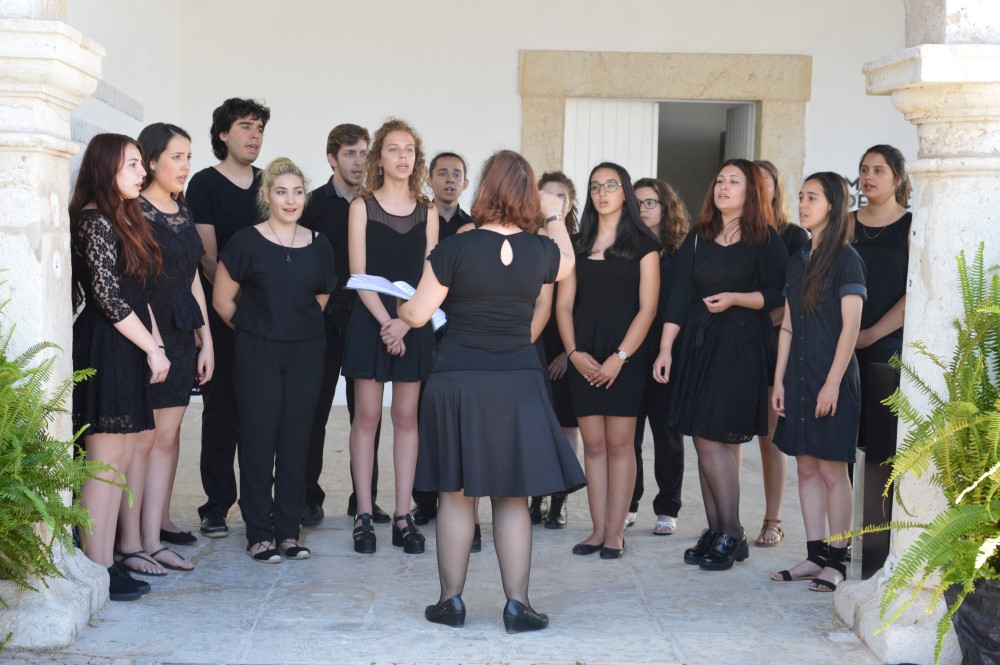


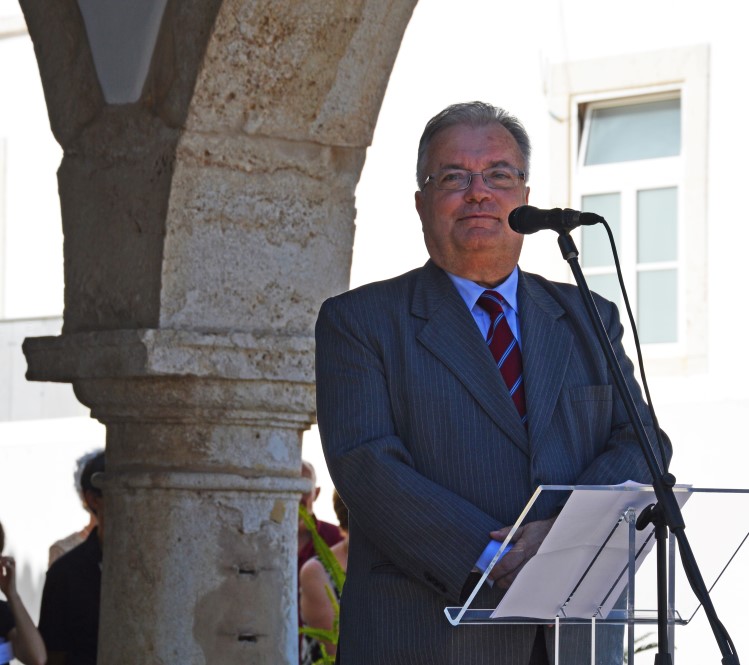
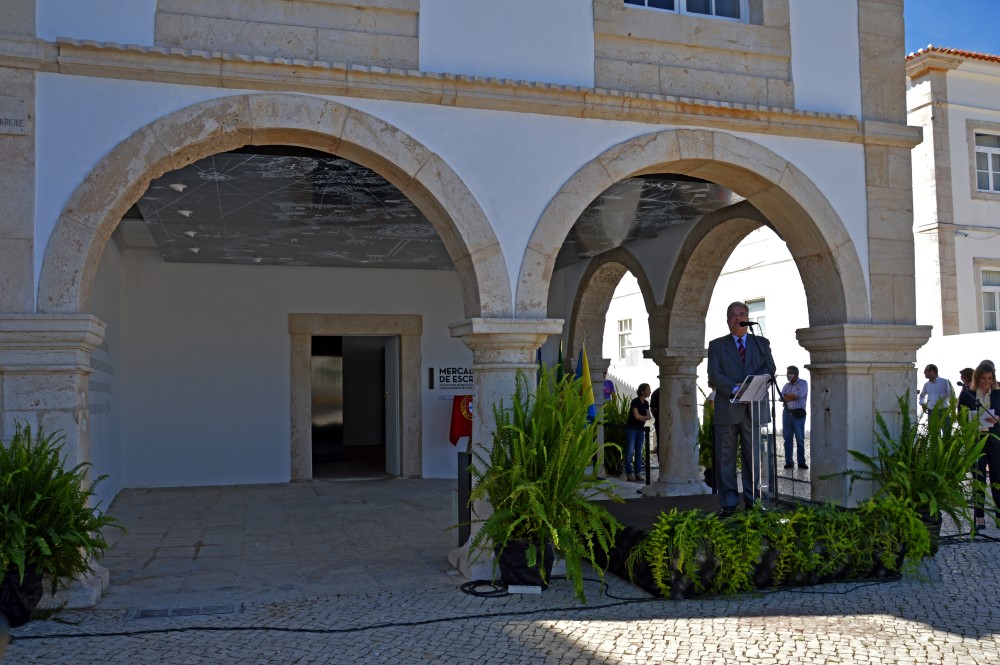

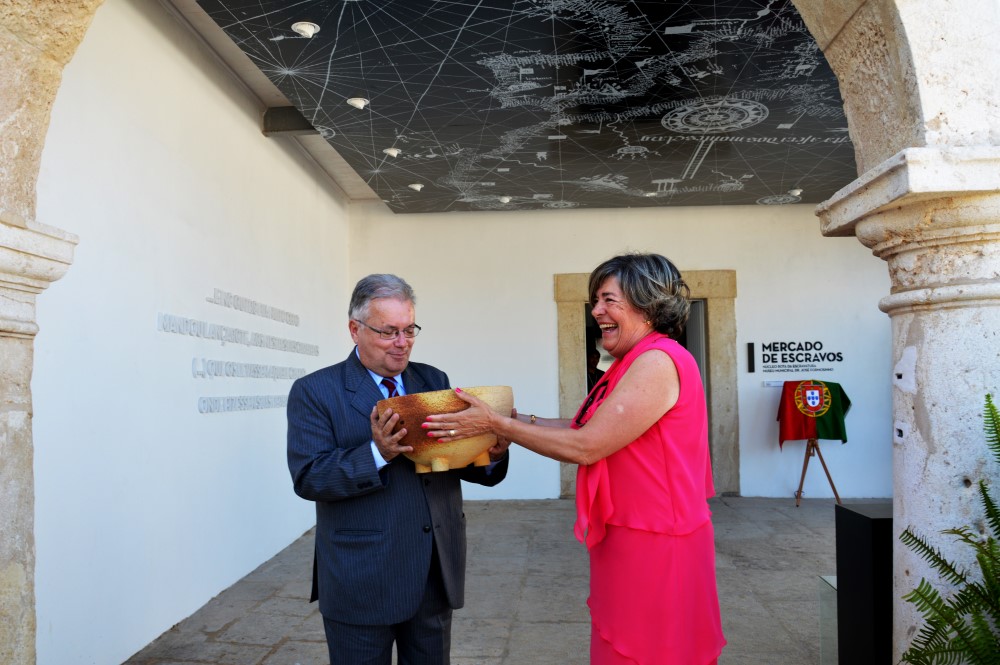


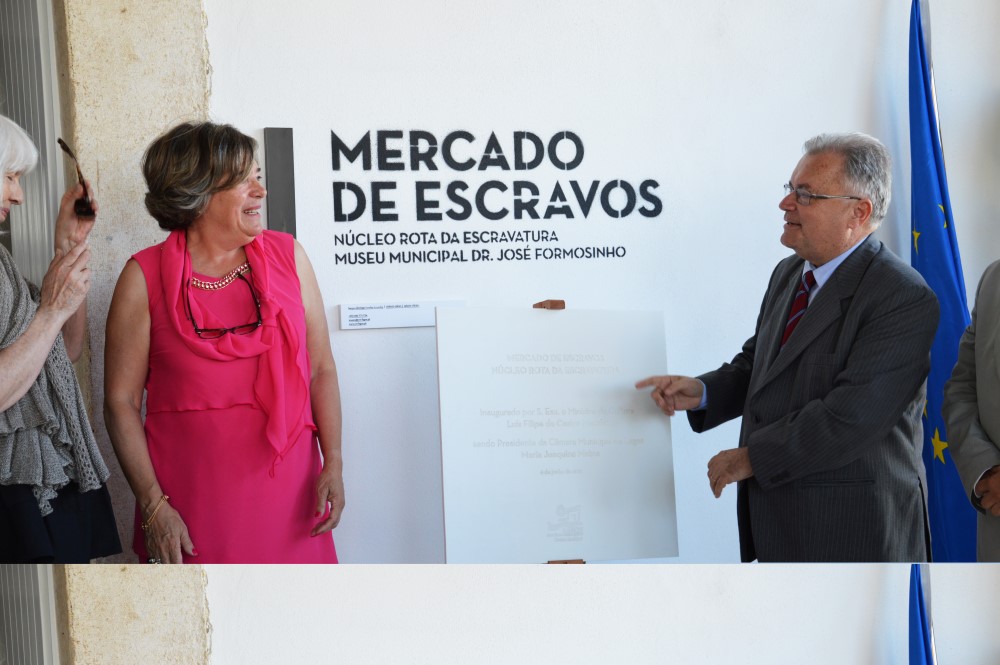

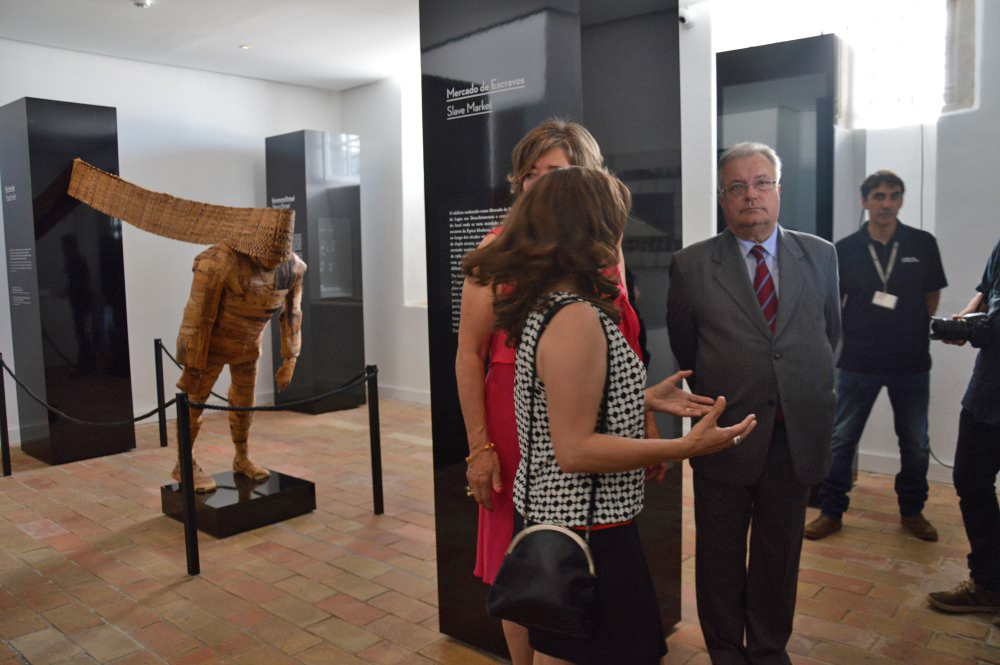






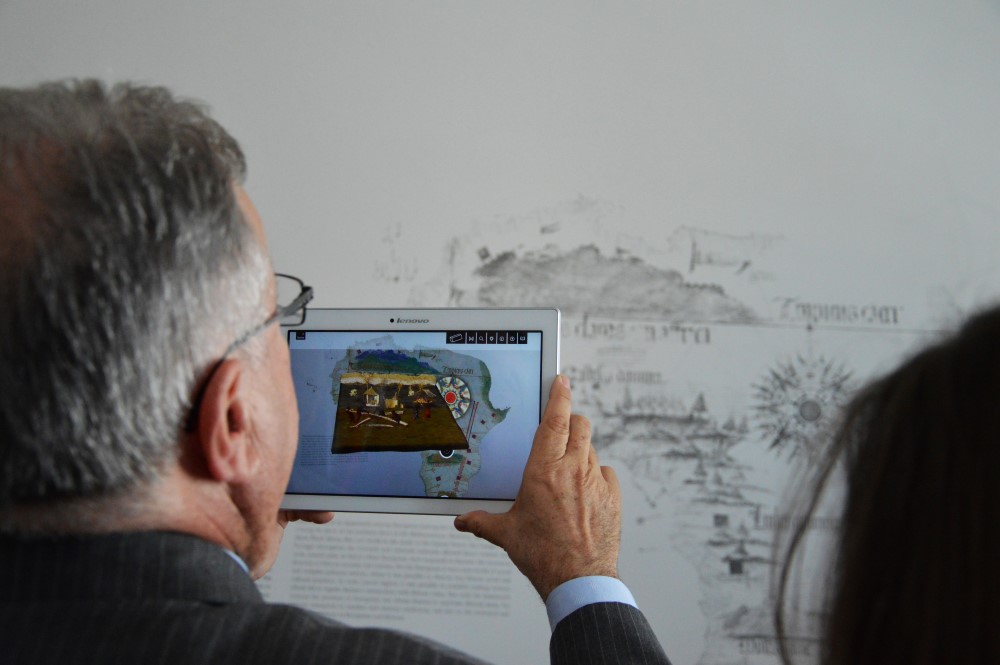


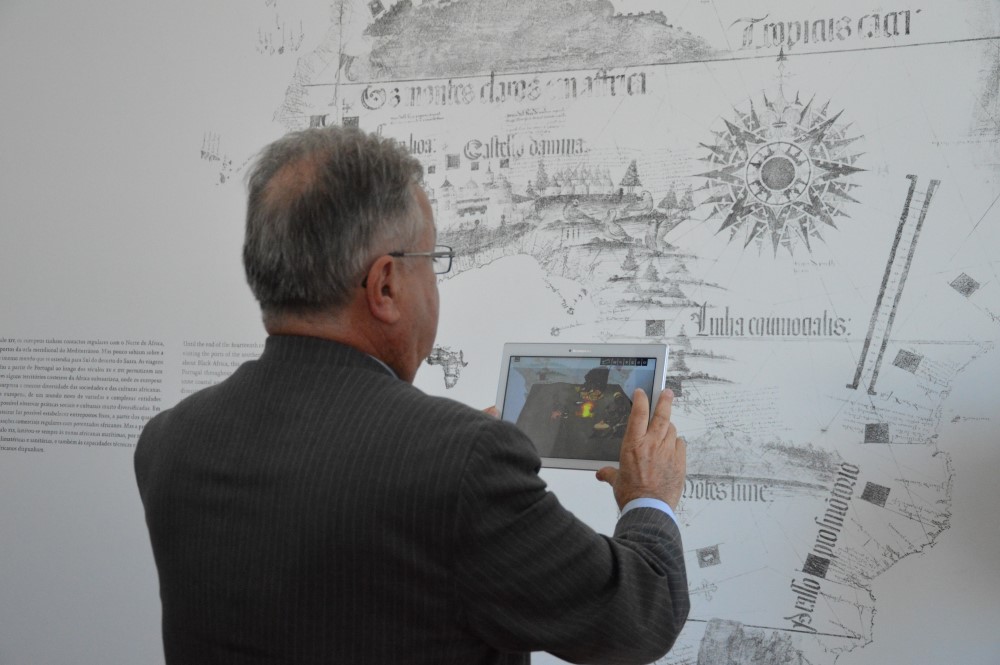
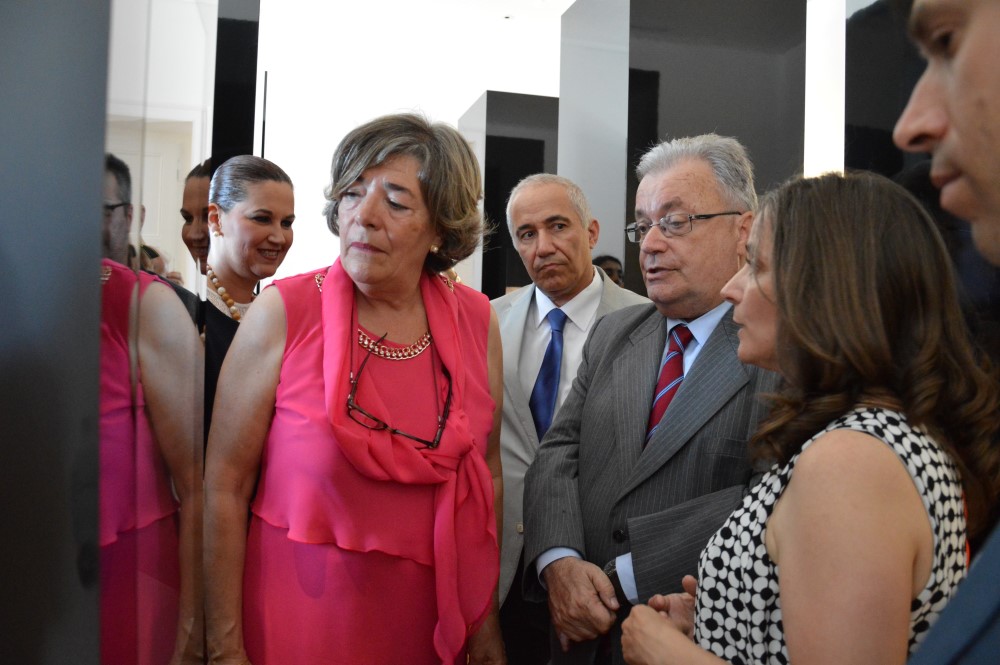

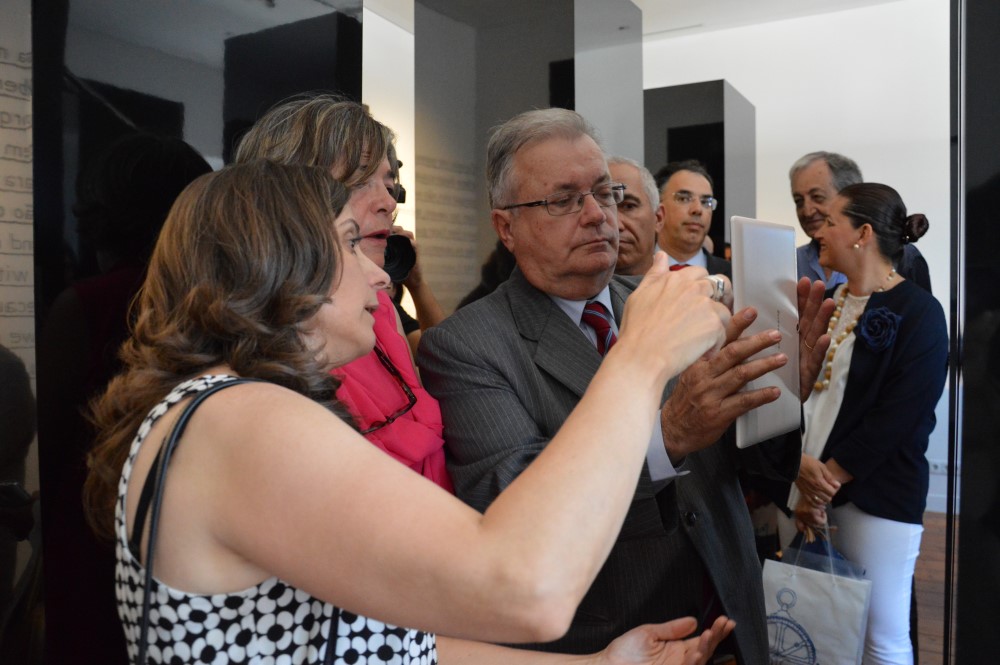



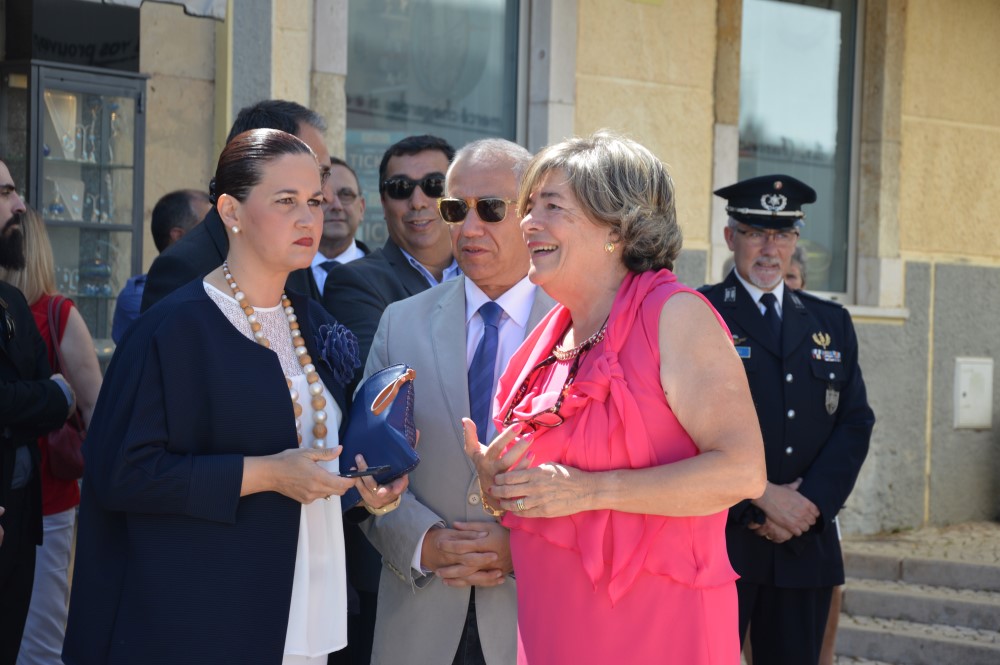
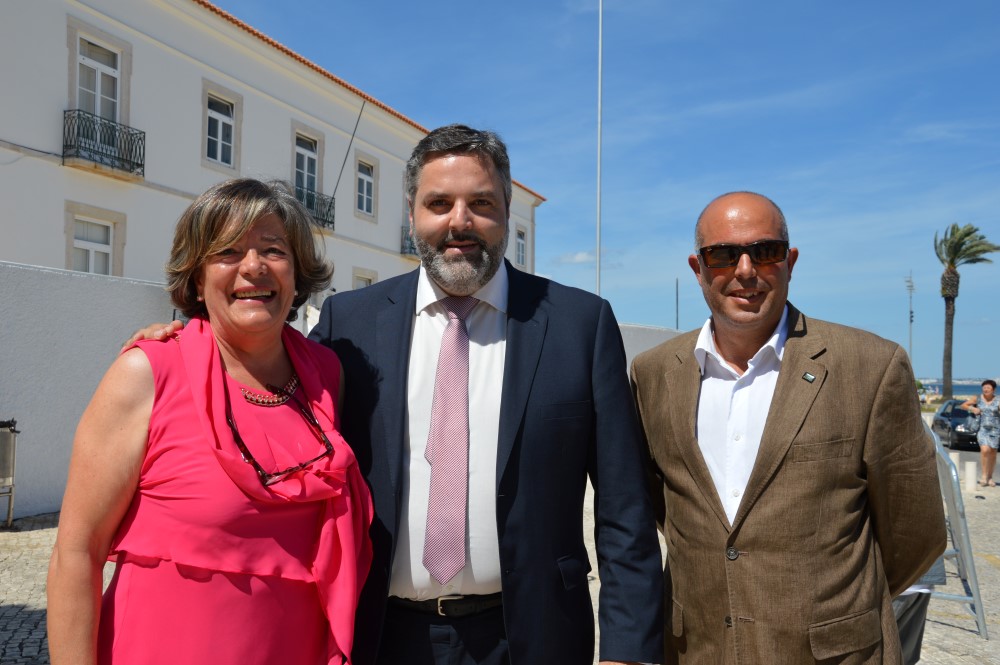
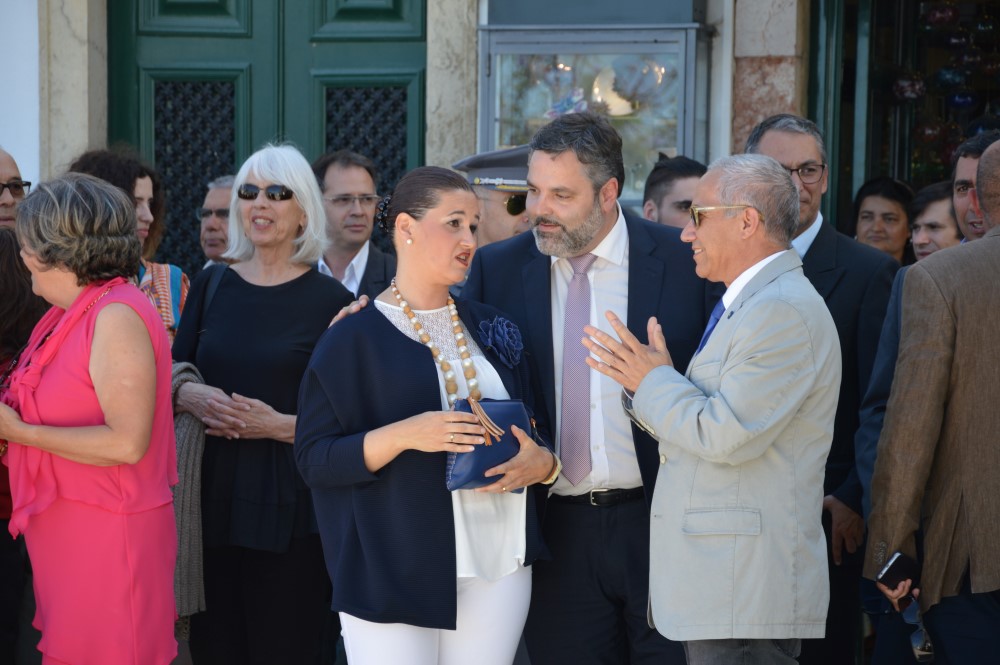
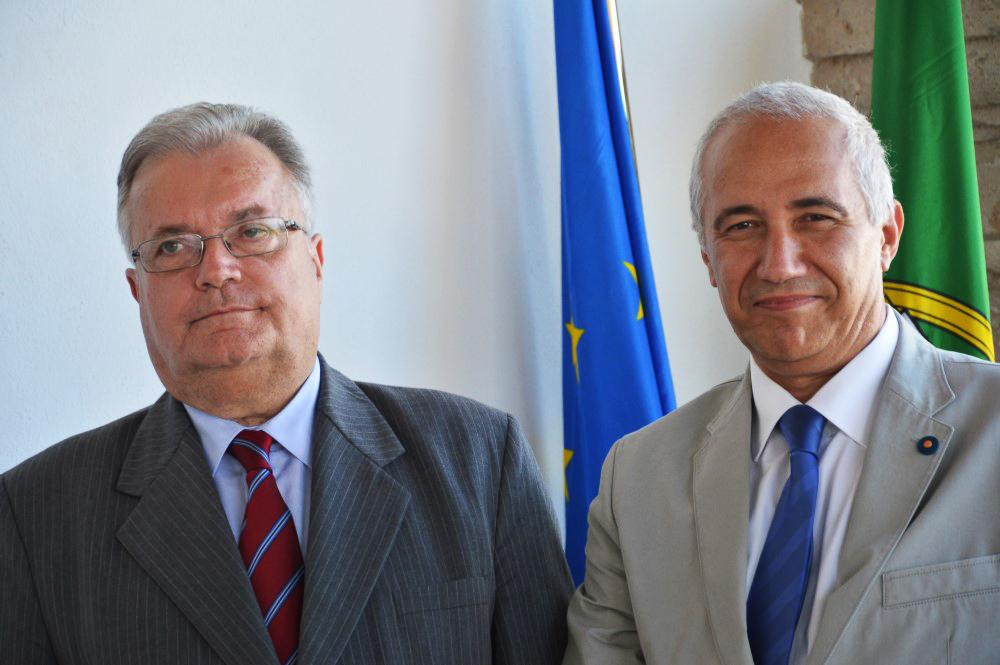

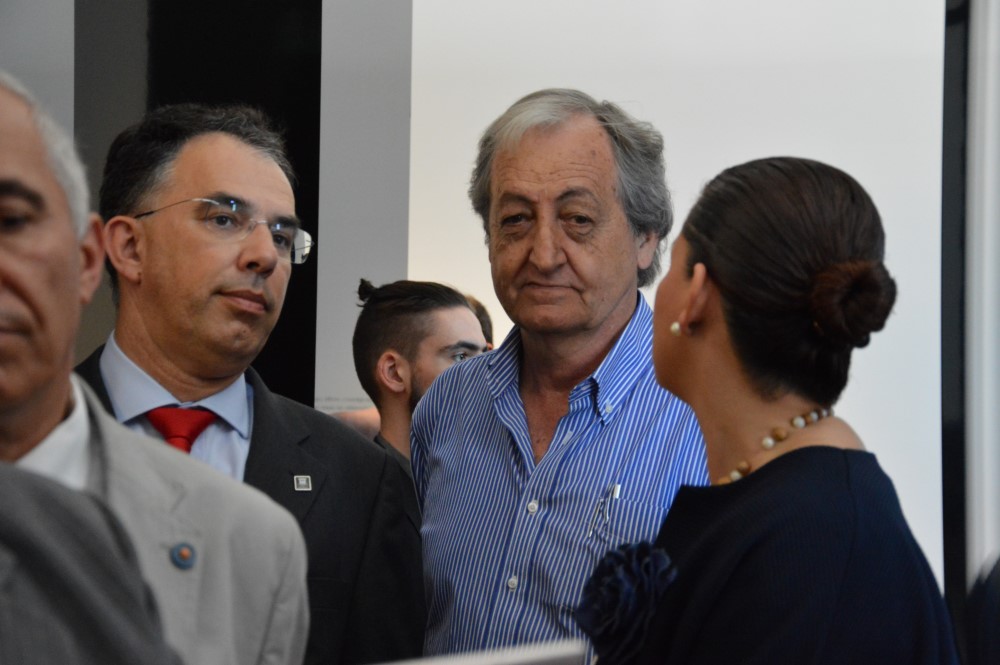

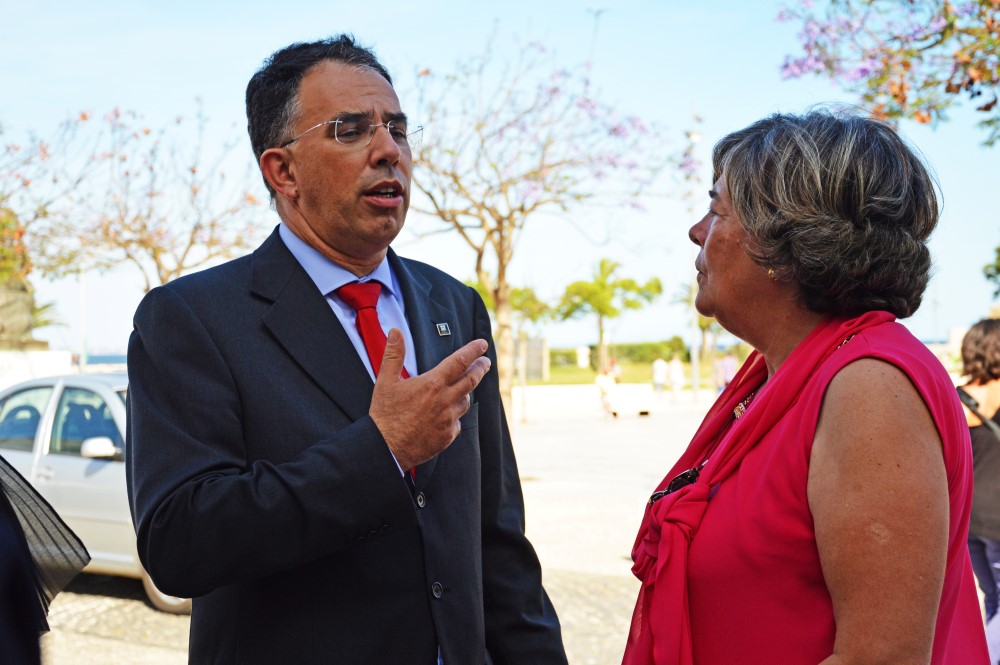
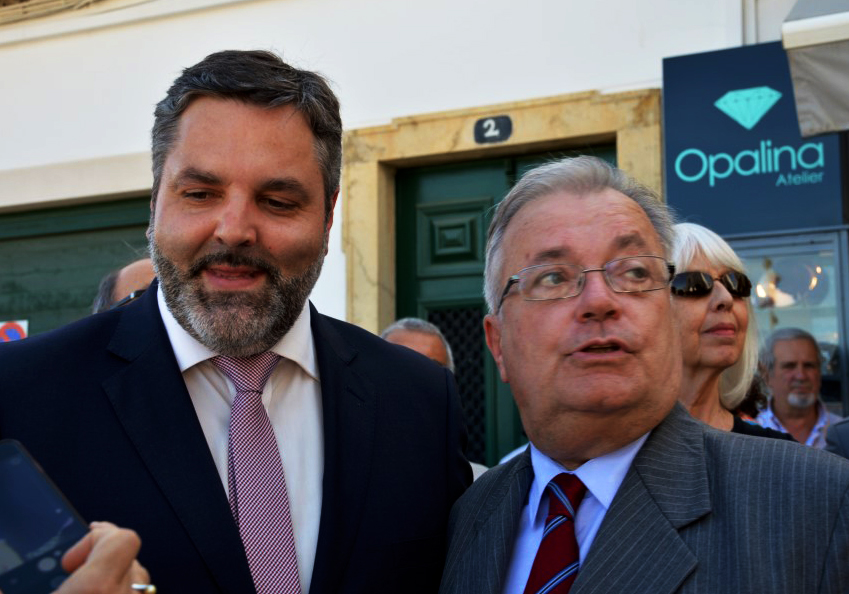
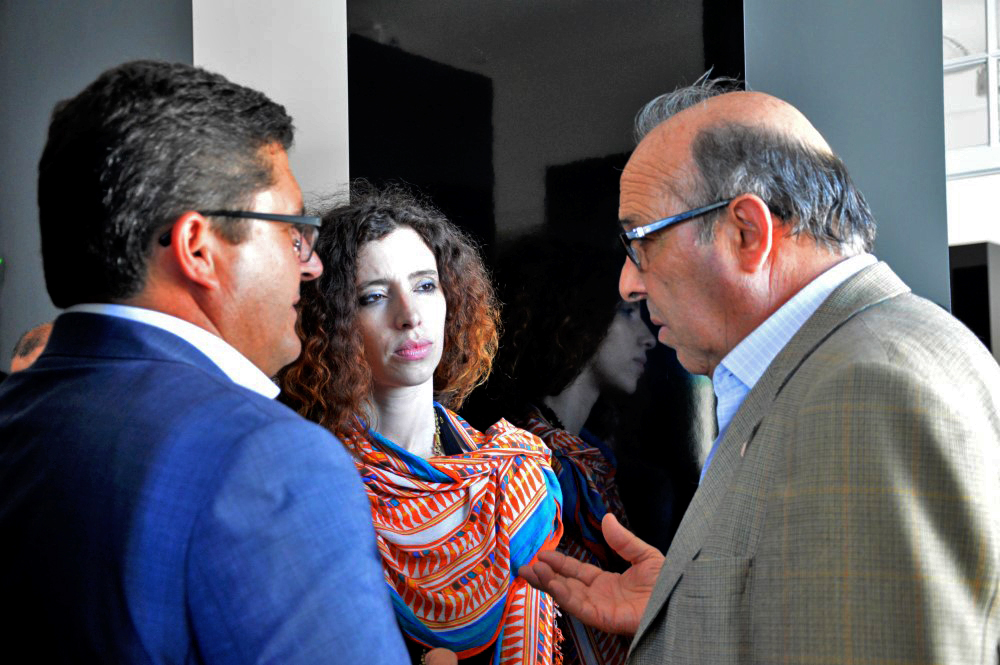


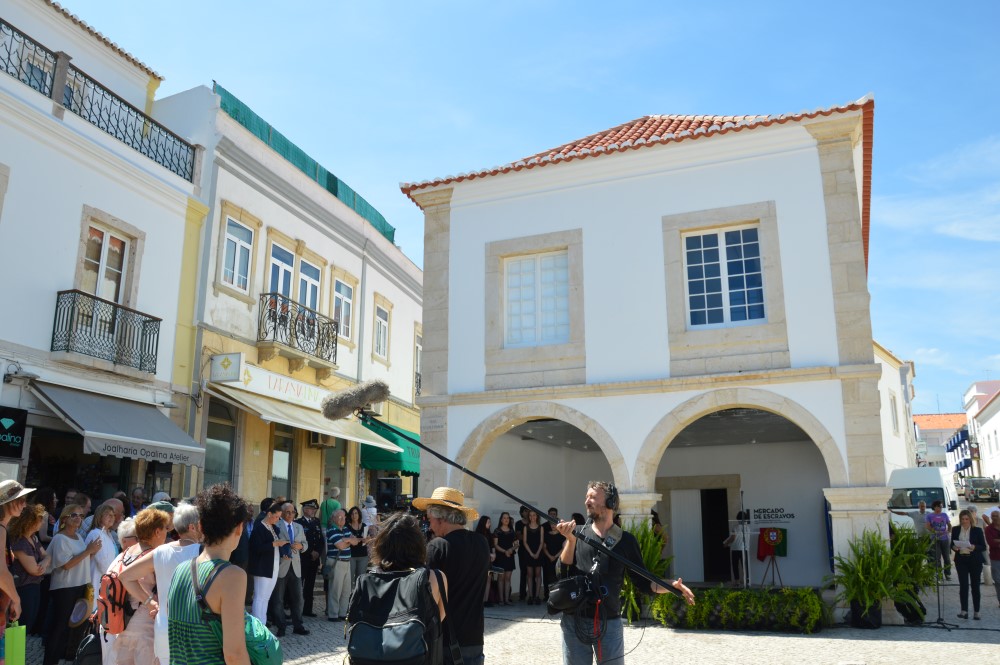






















Comments